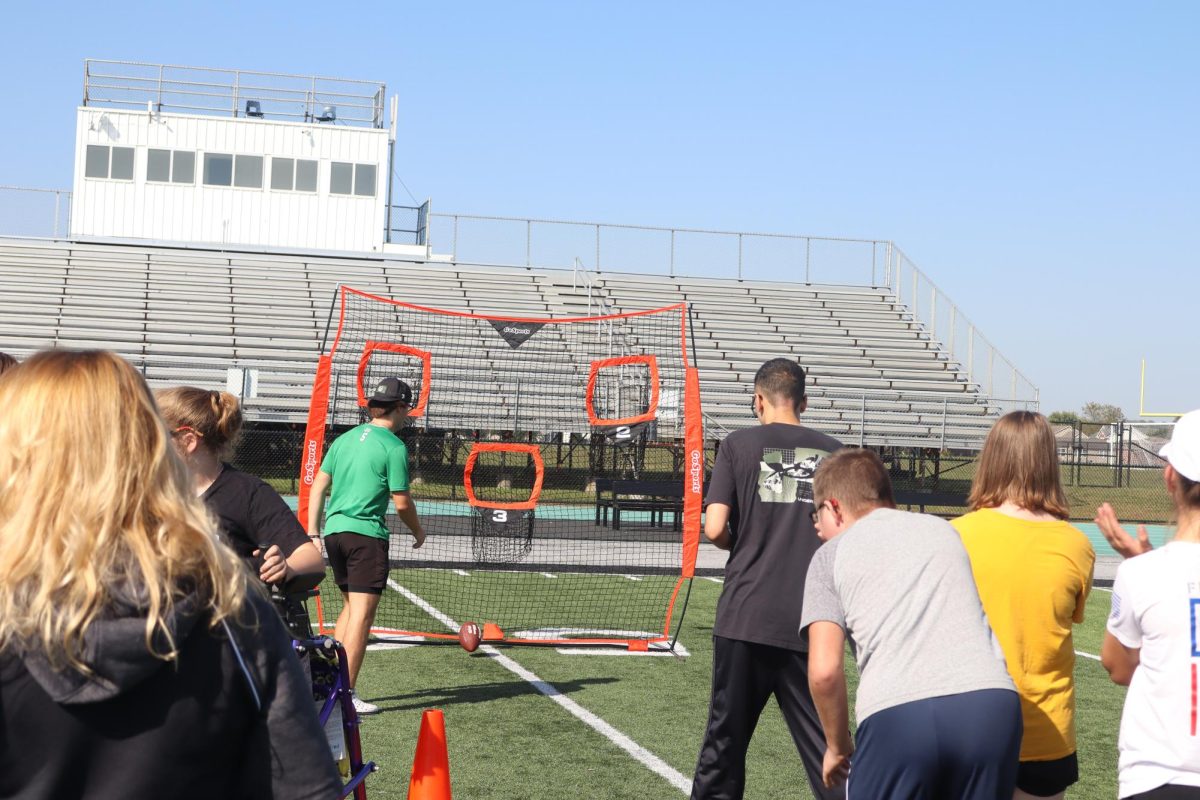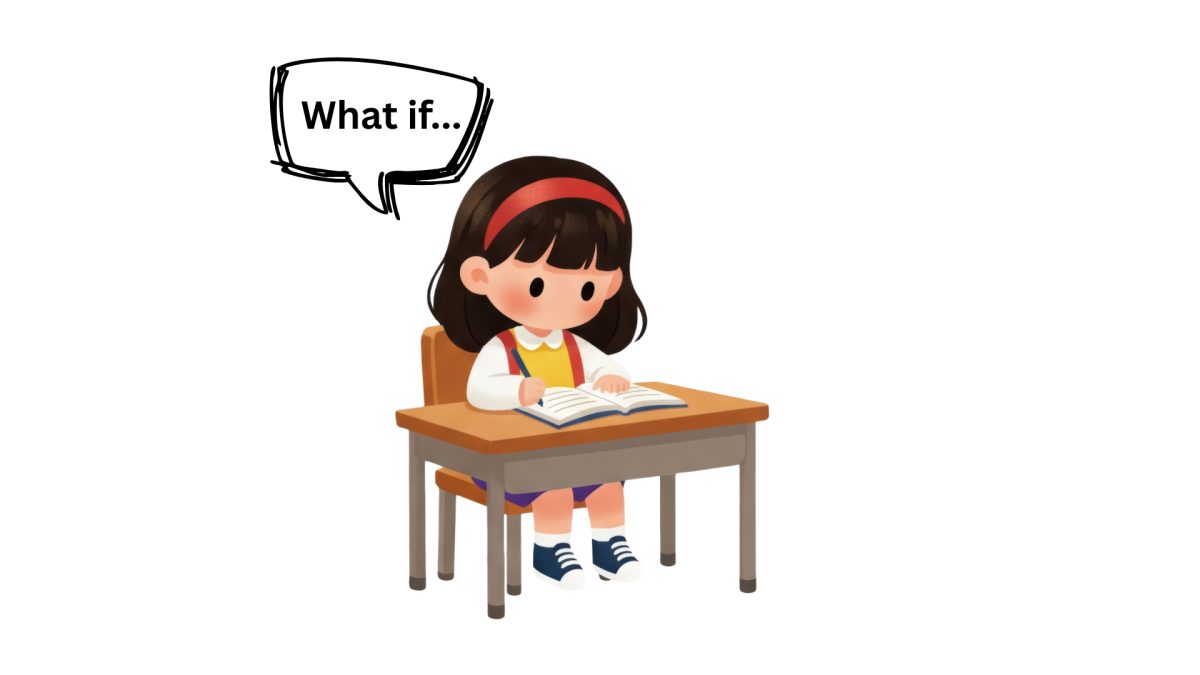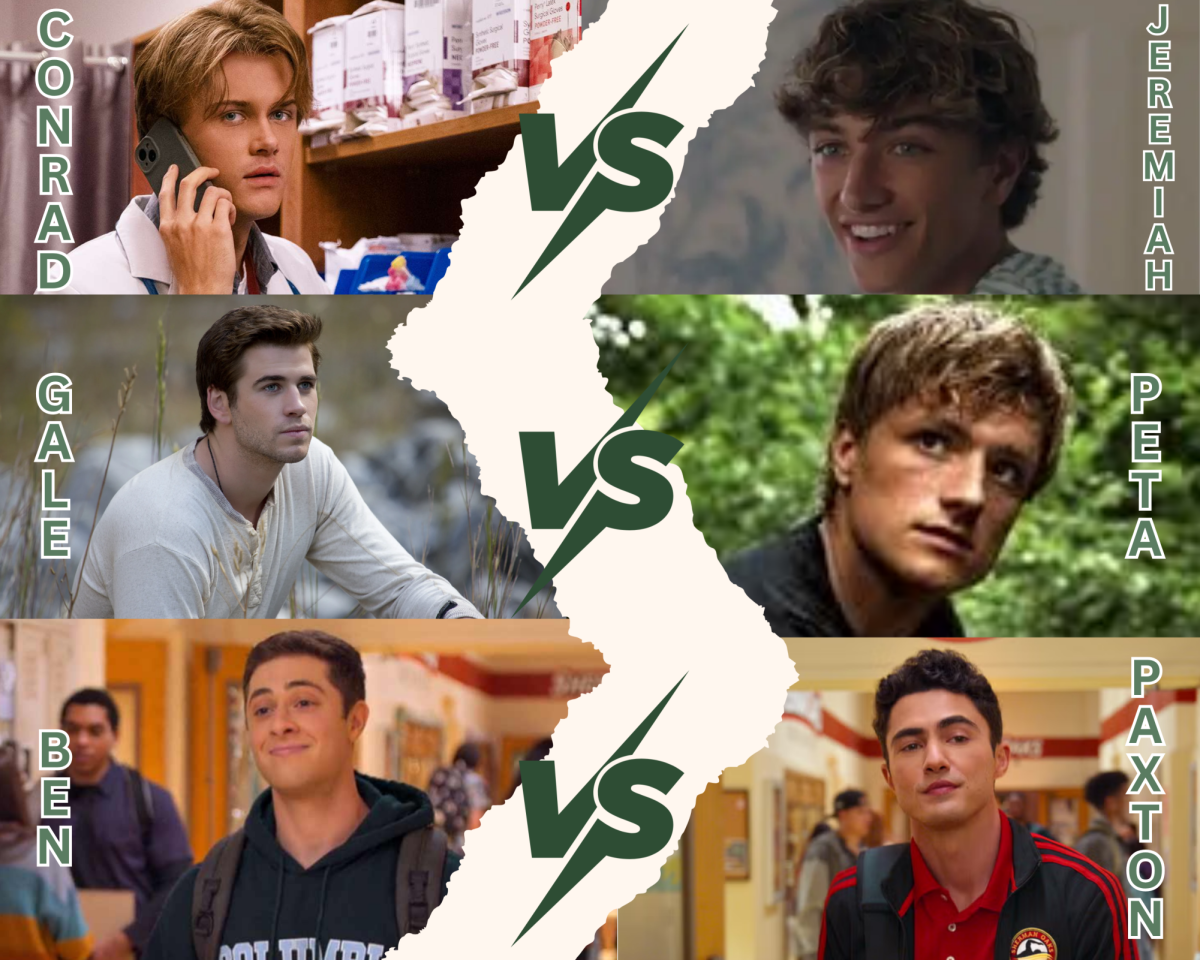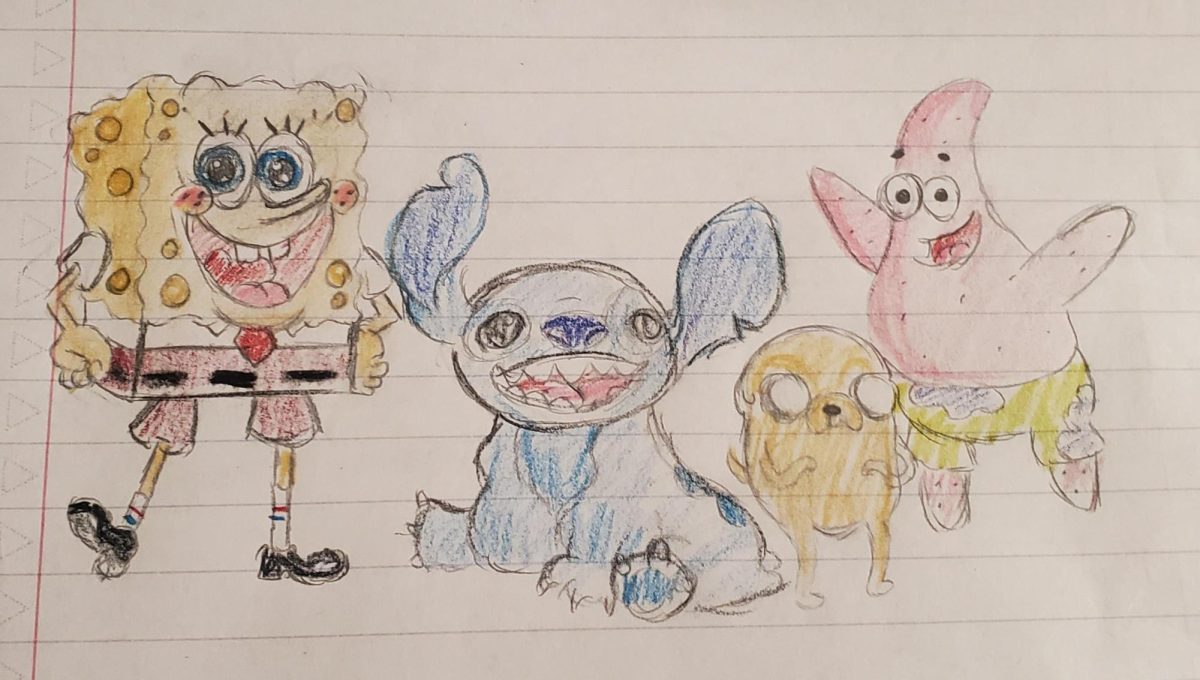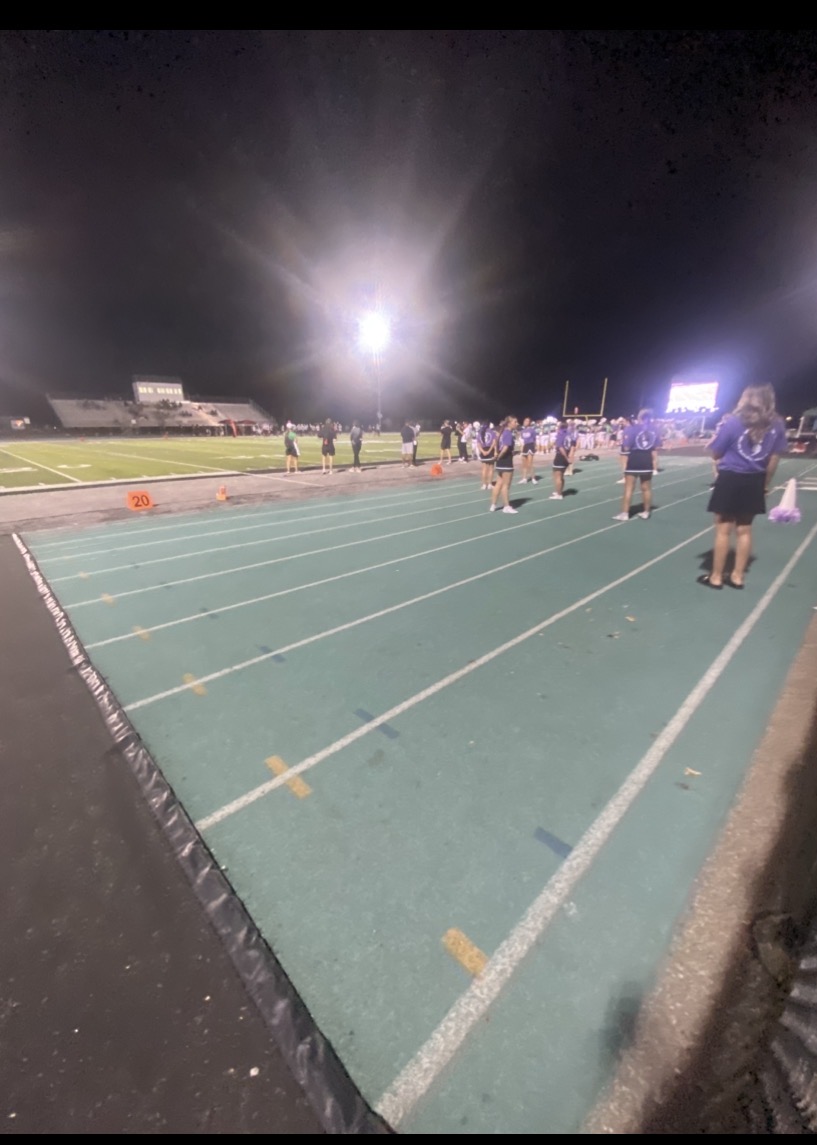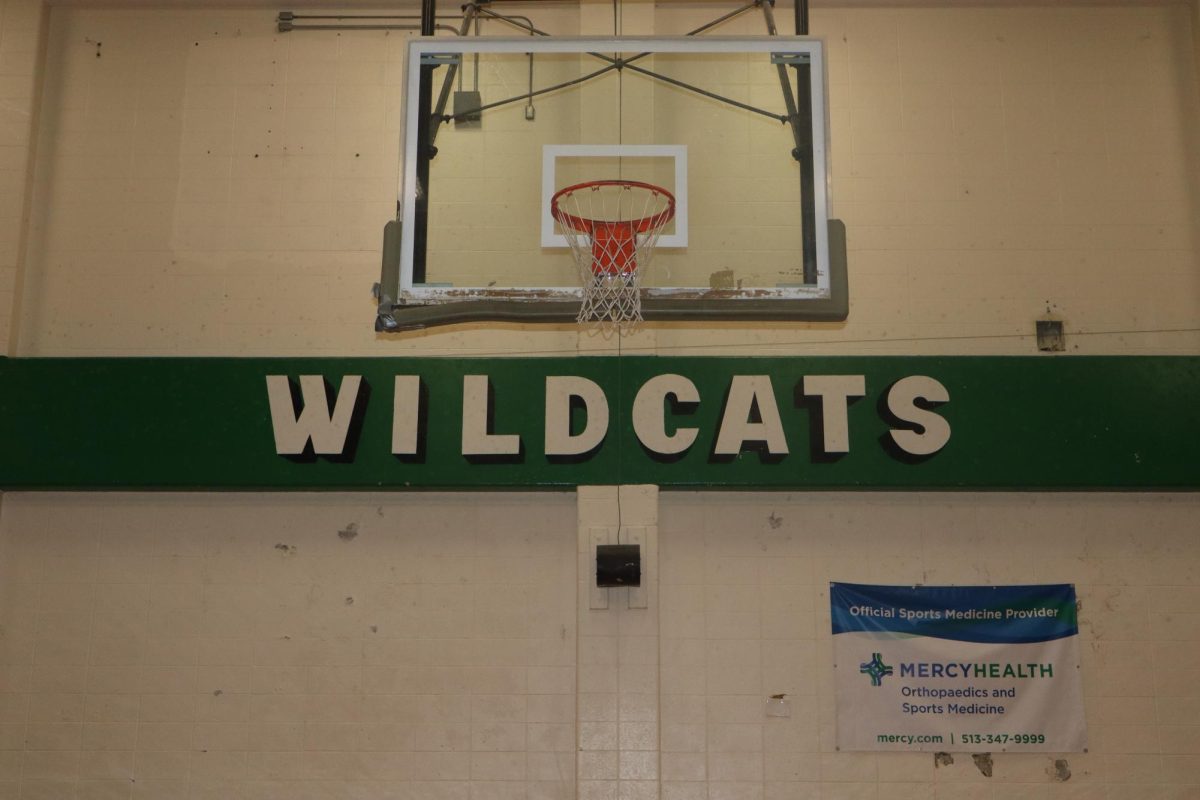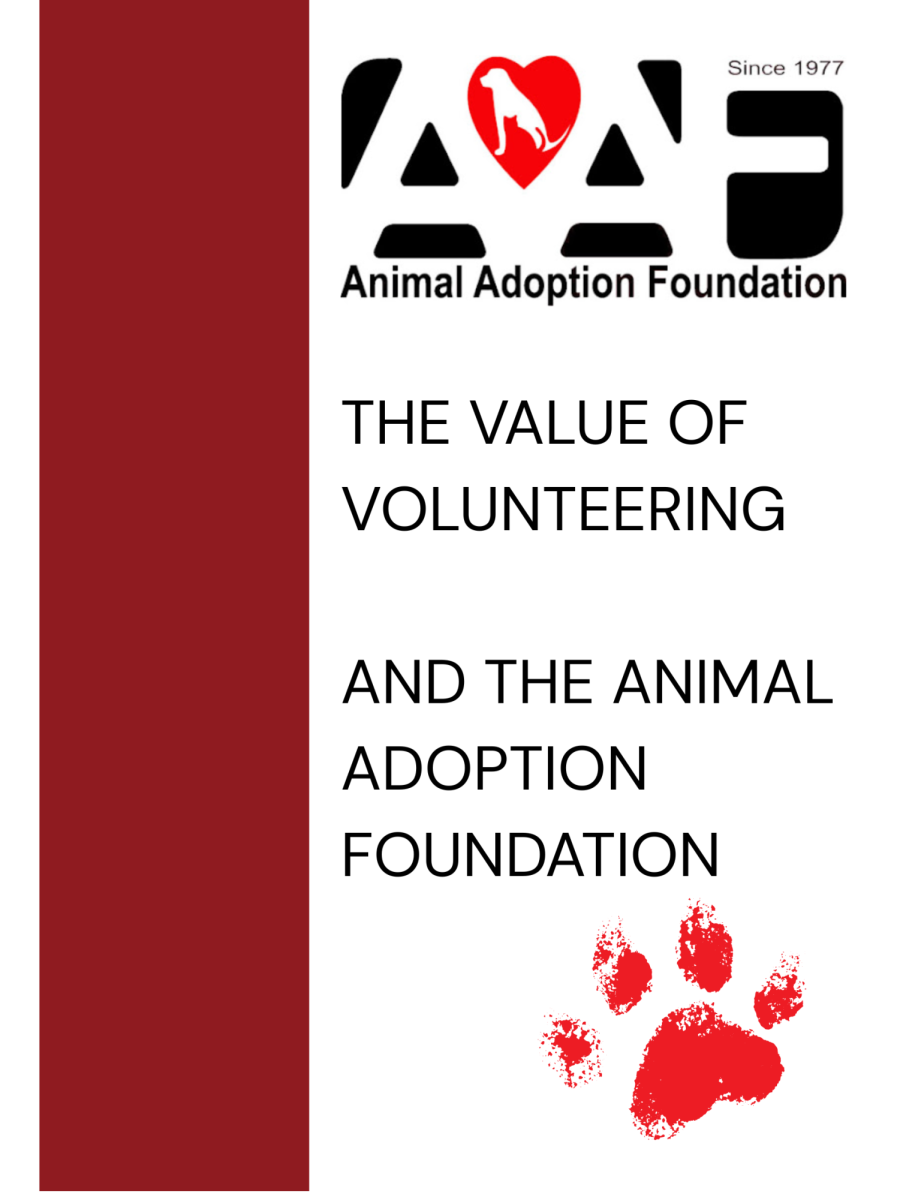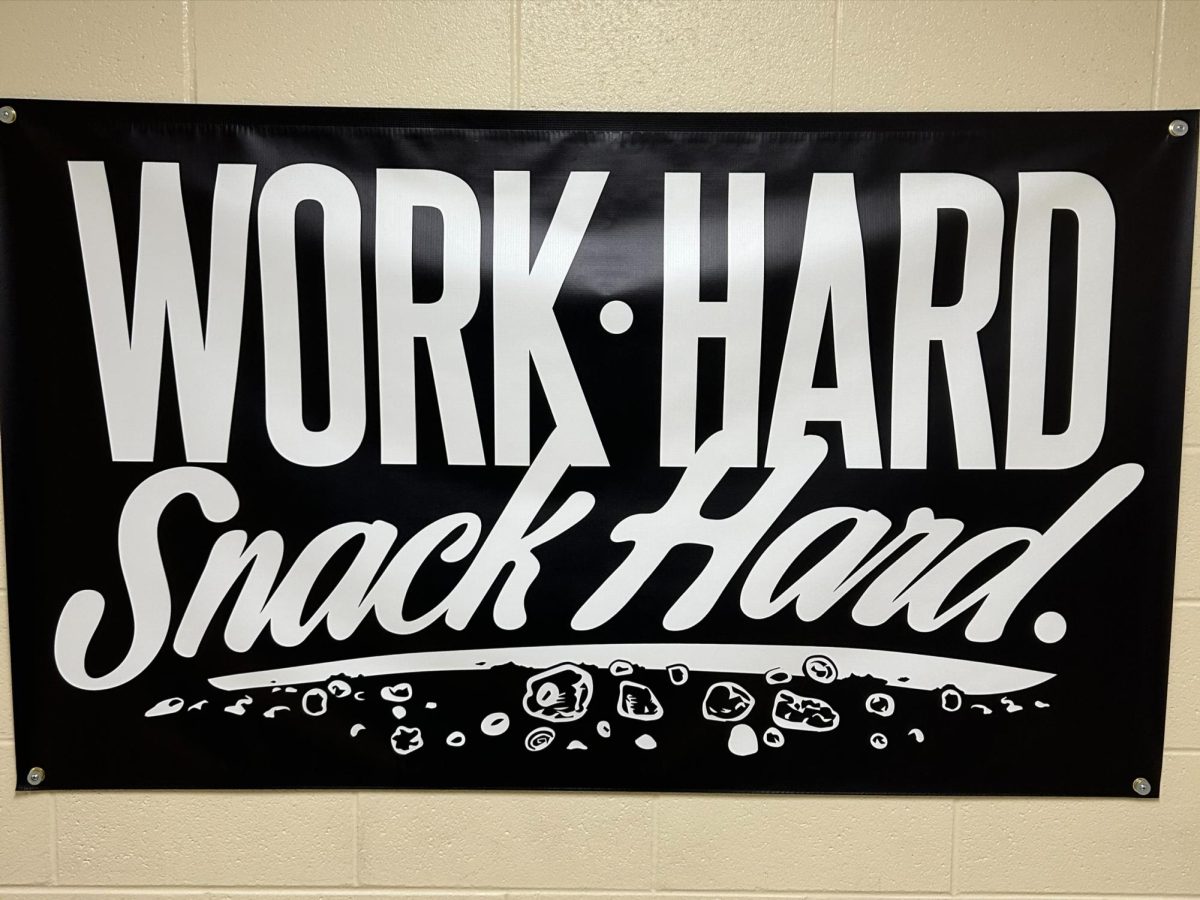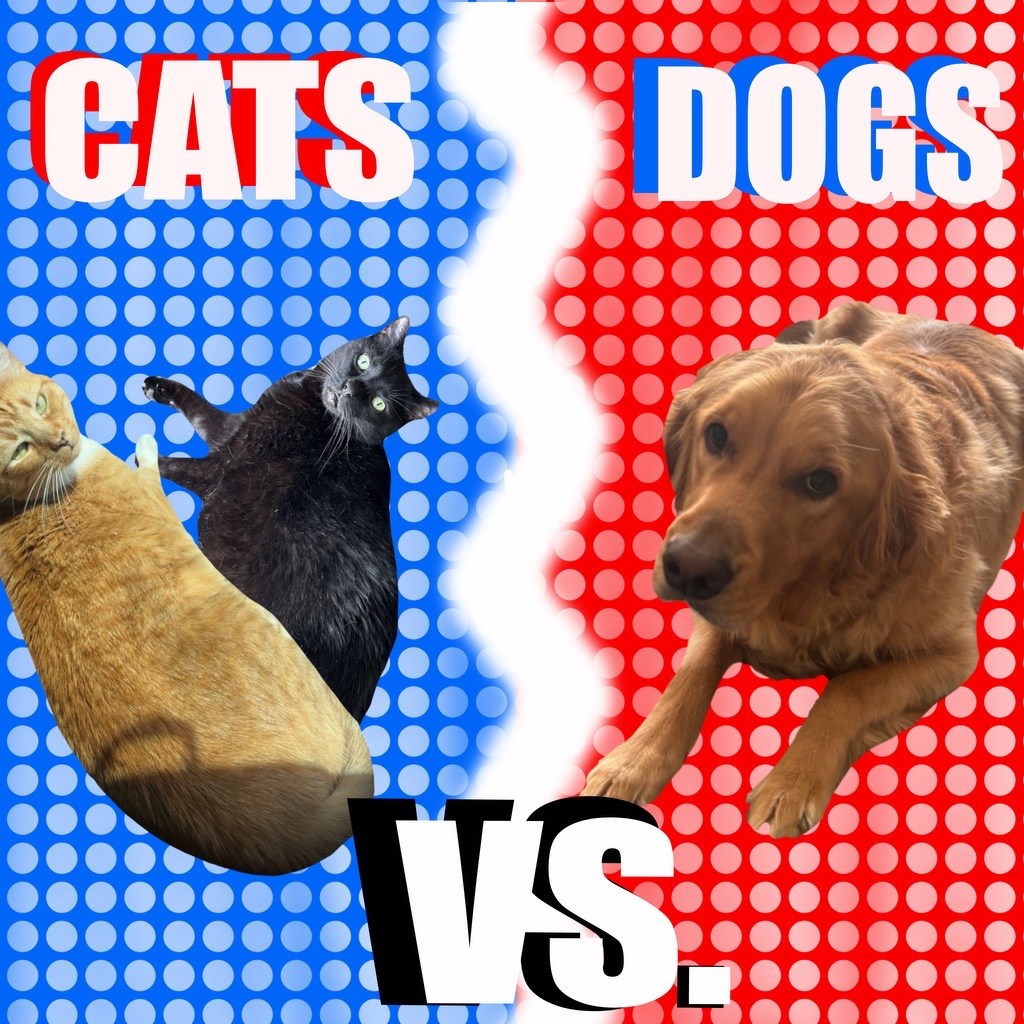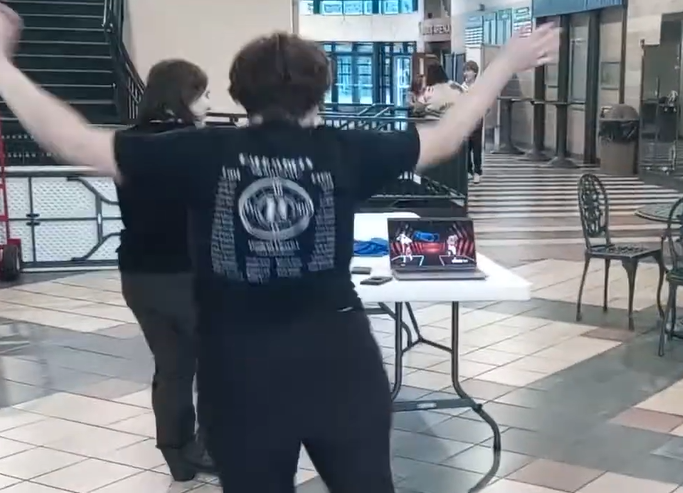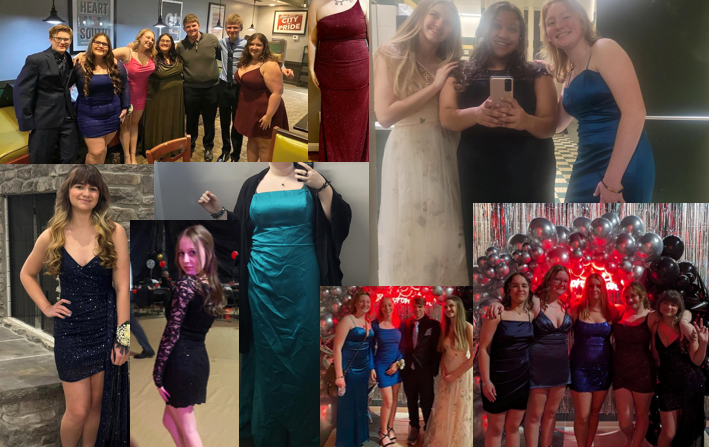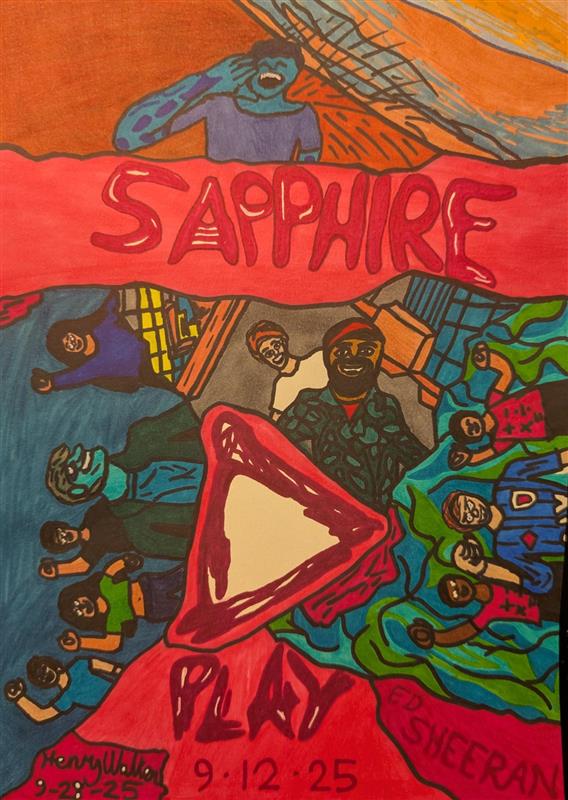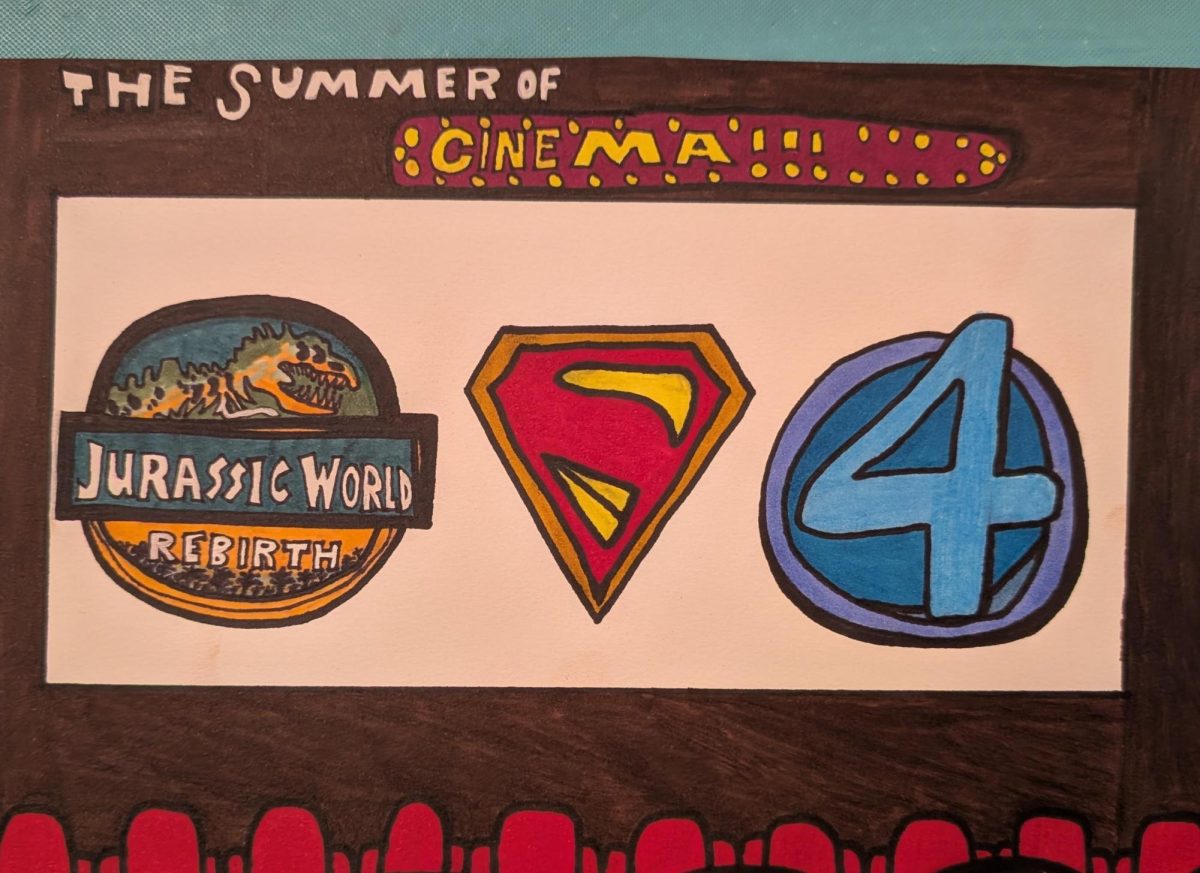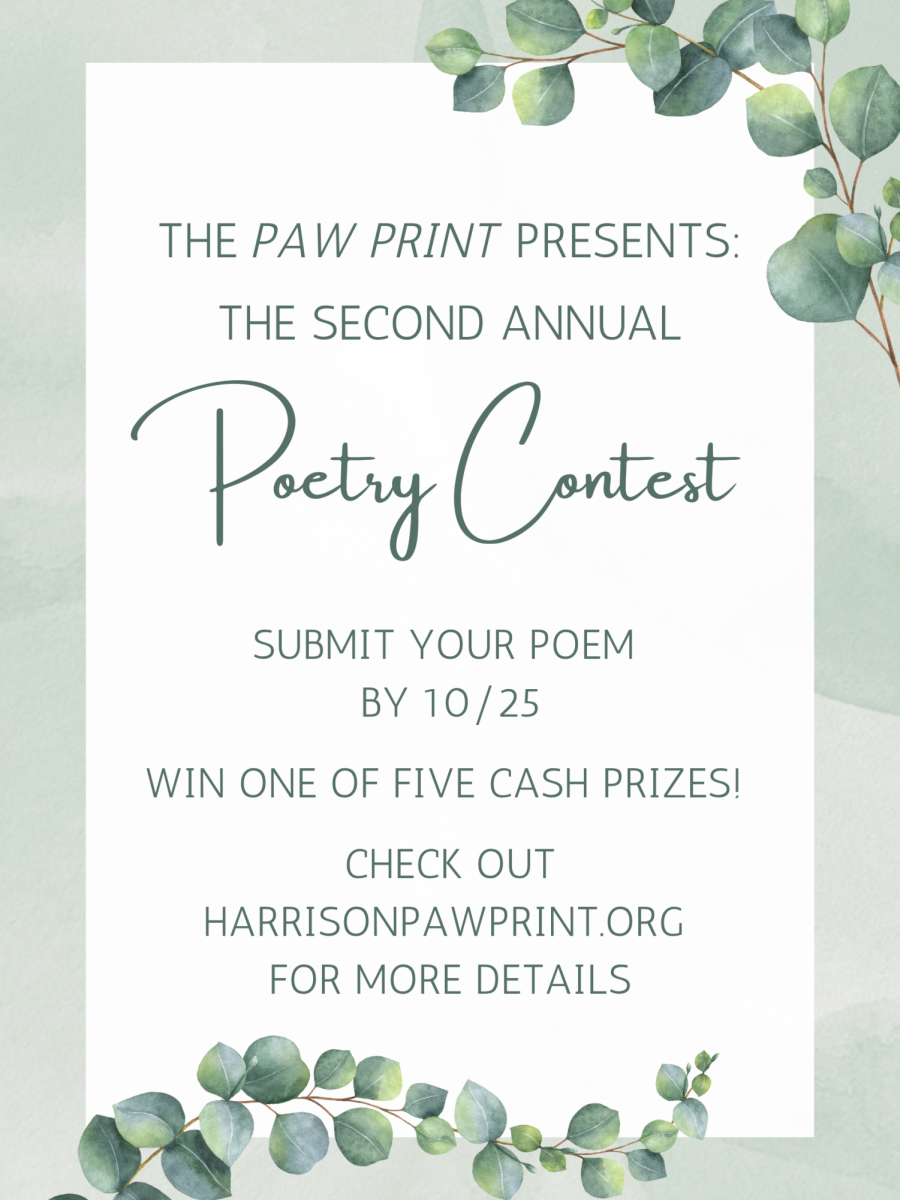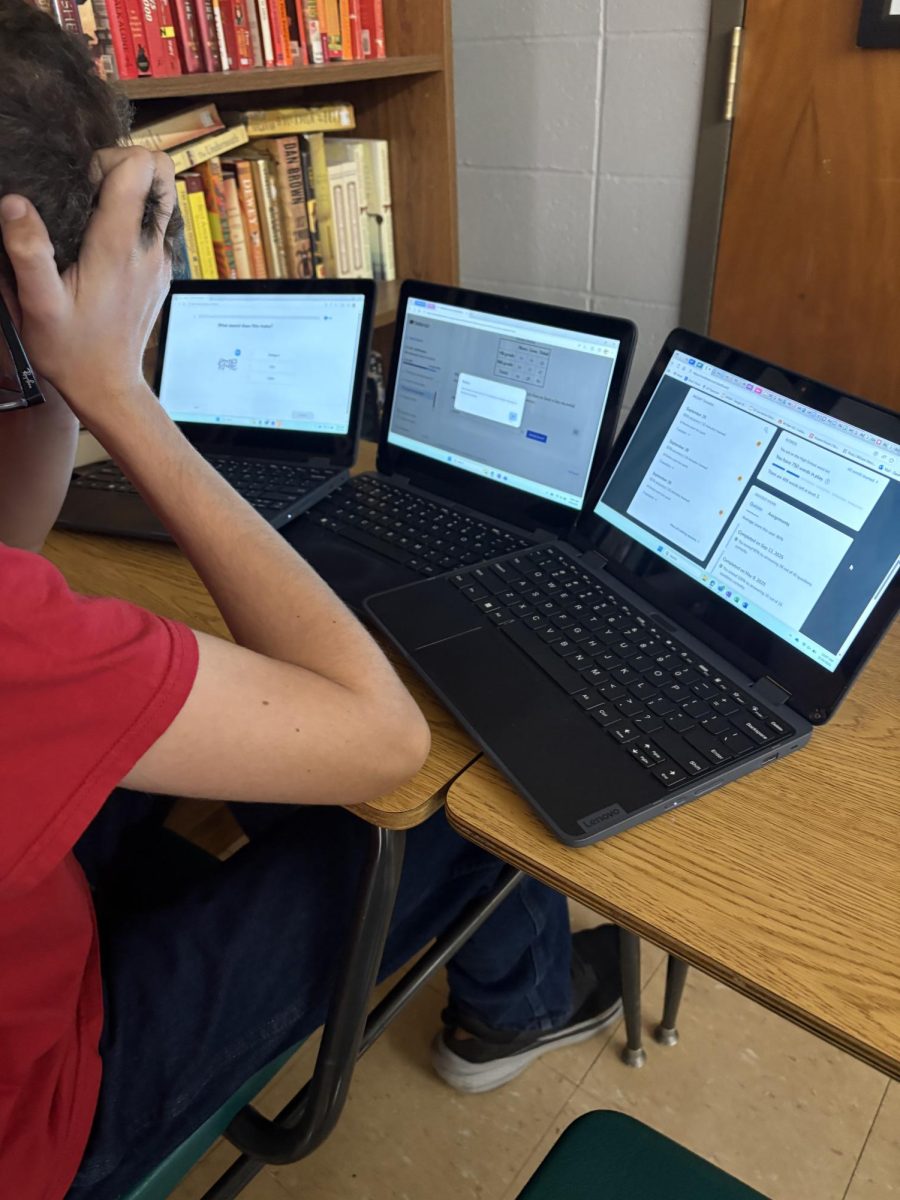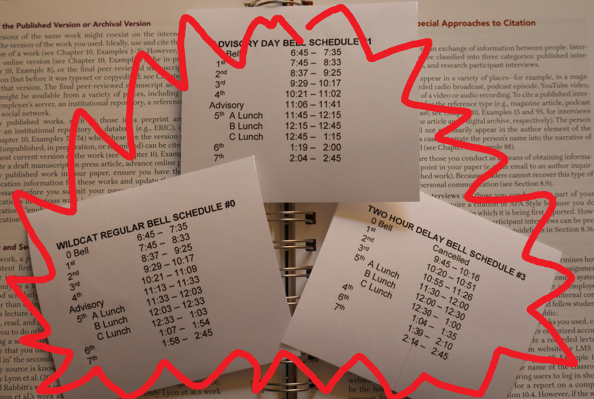At Harrison, students may come from various backgrounds, interests, and social cliques; but there’s one thing that never fails to unite us all: Our collective frustration for the learning programs that teachers make us use. So, we decided to answer this question once and for all: which apps are worth our time, and which ones should be erased from the internet entirely?
We surveyed 45 students across grade levels 9-12 and asked for their opinions on some of the districts most commonly assigned platforms: Membean, NoRedInk, Delta Math, Commonlit, StudySync, McGraw Hill, & Crash Course.
Favorite Apps
As it turns out, not all educational platforms are hated equally. In fact, some students genuinely like a few of them (or at least prefer them over the alternatives). Here are how these apps ended up in our ranking:
Delta Math
Coming in strong with 42% of students naming it their favorite, Delta Math earned first place. This wasn’t particularly surprising, as many students find its straightforward layout and helpful examples genuinely useful. Sophomore Daniel Miller put it best: “It is done cleanly and demonstrates the concepts well.” That sentiment echoes throughout most of the responses in favor of the app. Overall, it’s a simple concept, isn’t timed, and gives examples to help students who are struggling on a concept.
Crash Course
Anyone who’s watched a Crash Course video knows it barely feels like schoolwork at all; unless, of course, you’re stuck doing Cornell notes for Mr. Deak. Still, students agreed that the videos are engaging and often humorous. “They have semi-decent jokes,” said sophomore Nora Wallace, while senior Shay Uxer added, “I learn better from video examples rather than reading.” With 31.1% of students backing it, Crash Course clearly earns its popularity by being informative without feeling like a chore.
Membean
Considering how controversial people’s opinions can be, and how many people can be heard complaining about Membean in the hallways, it was surprising to see it rank in the top 3. However, even though 20% of students claimed it as their favorite, many did so for reasons other than its educational value. “It’s the easiest to complete,” said Peyton Plowman, while senior Casey Berch admitted, “I can play Clash while I do Membean.” For some, it’s the program they’re best at, and for others it’s the one they can learn the easiest. “It’s the only one where I actually remember stuff,” shared Ashlee Spradlin. Love it or hate it, Membean clearly has its defenders.
NoRedInk
Only 2 students voted for NoRedInk, but hey, that’s better than nothing. When asked about their reasoning behind the choice, Emma Bruns and Jackson Brockmeyer both had good cases. Bruns argued that “It’s easy to use and the least annoying”, while Brockmeyer pointed out that “It has questions based on topics [you] enjoy”. These arguments almost make me want to change my mind on this program. Key word: almost.
The Forgotten Ones
The apps Mcgraw Hill, StudySync, and Commonlit received zero ‘favorite’ votes, which says a lot more than a paragraph could. It’s worth noting that 97.8% of the kids who filled out this survey agreed their favorite app helped them learn; ultimately showing that there is more value being placed on being able to learn rather than just being the simplest to complete or the most fun.
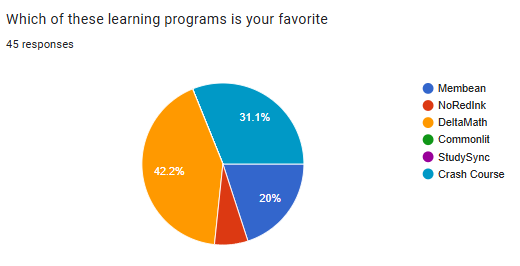
Least Favorite Apps
Now is the time for the fun part: the ultimate least favorite apps. Some of these were close calls, while others had no competition.
Commonlit
With 31.1% of students calling it their least favorite and absolutely no one choosing it as a favorite, Commonlit wins the unfortunate title of Most Hated. Naturally the question is why? Well, the complaints were consistent: the readings are long, dull, and feel irrelevant to students’ lives. The app also doesn’t offer much support when students get stuck. Junior Henry Walker summed it up: “Commonlit has its merit, but there are too many ways to lose points, and it often feels like you’re flailing on your own and you don’t know how to answer the paragraph.” Enough said.
Membean
Yep, it’s back, but this time on the hate list. Its presence in both categories shows just how much of a hot topic this program is. The main gripe? Students doubt the real-world usefulness of the vocabulary. As Julia Burlage bluntly put it: “We’re never going to use those words.” For a deeper dive on why students hate Membean, make sure to check out our previous article on the topic.
NoRedInk
NoRedInk came very close to tying with Membean, and got its fair share of votes. Personally, I think it should be higher up in the least-favorite category because it is definitely first on my personal list. The examples tend to be contradicting and confusing to understand, and once you start getting questions wrong you easily get trapped in a never-ending stream of more incorrect questions. Senior Reese Diekers says that it makes her “crash out”, and I personally share that sentiment.
McGraw Hill & Delta Math (Tie)
These two landed here not because they’re bad at teaching, but because they’re tedious and time-consuming. Most students acknowledged that they learn from them, they just don’t enjoy using them. If you have a previous understanding of the topic, then doing work on these apps can go faster. However certain teacher chosen settings can make completing schoolwork feel like it takes decades.
StudySync
As someone who didn’t go to Harrison junior high, I’ve never used StudySync before and therefor had to rely on the words from the few students who chose this option. However, due to the fact that 0% of students chose this as their favorite app, and only 4.4% of students chose this as their least favorite, I’ve made the inference that this program is simply forgettable and does not stand out in a particularly positive or negative light compared to the others. Nonetheless, 12th grader Kora Doolan shared her thoughts on Studysync. She shared that it made her feel “stupid” because it didn’t do a good job of “offering extra help to students still learning”.
Crash Course
As an avid Crash Course supporter, I was surprised to see this program make it on someone’s ‘least favorite’ list. Clearly my feelings were mutual with most others because only one student -Lydia Brinkman- out of the 45 students surveyed chose this as their least favorite. When asked about her reasoning, she stated that she simply just found it boring and it did help her learn. I guess even the fan favorites are bound to have skeptics.
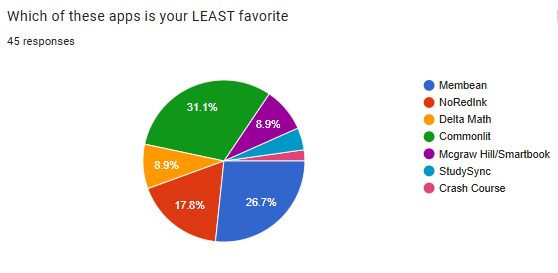
Summary
This survey shows that while no app is universally loved, students do value education tools that actually help them learn, and they aren’t shy about calling out the ones that don’t. The top apps stood out not just because they were easier or more fun, but because they provided clear instruction and ‘better’ outcomes.
On the flip side, programs like Commonlit’s absence from the favorite category, paired with their appearance on the hate list, should raise a few red flags for teachers. If a tool isn’t helping and students resent it, maybe it’s time to reconsider how it’s used.
At the end of the day, students aren’t asking for perfect apps; we’re asking for ones that work. And, ideally, don’t bore us to tears.
